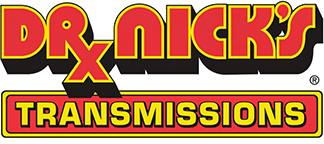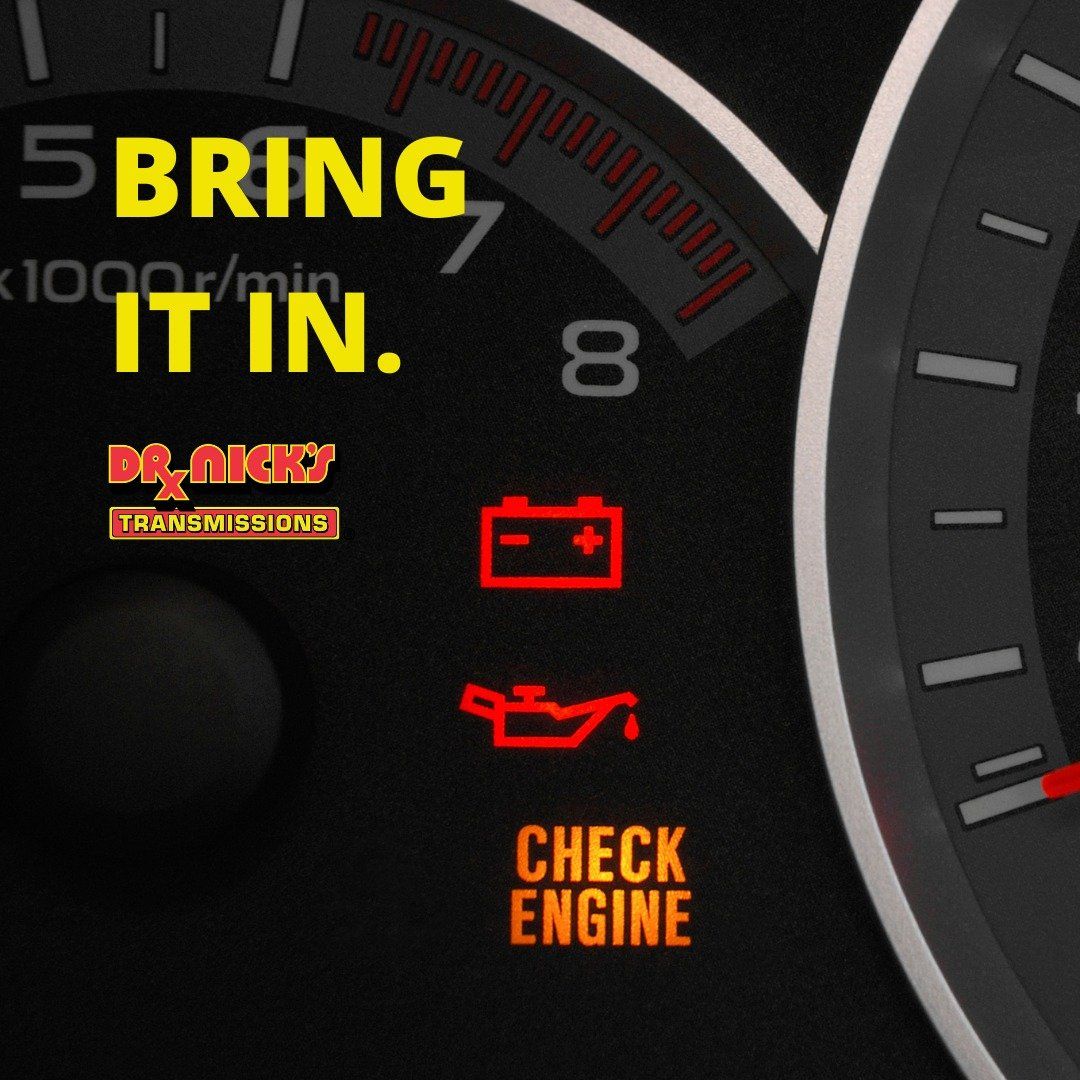Driveline Repair Service
When you drive your car, your engine provides power that is transferred to the wheels for forward motion. The driveline consists of all the components of your car that move the wheels, excluding your transmission and engine; this includes your wheels, differentials, joints, and axles. Sometimes it can be difficult to tell a transmission problem from a driveline problem regardless, keeping both of these systems running efficiently is essential to the health of your car. Dr. Nick’s Transmissions offers a free performance check to diagnose a check engine light and offer the transmission and driveline repair solutions you need to get back on the road quickly and safely; contact us today to schedule a vehicle inspection
Types of Drivelines
Vehicles today may have one of three different types of drivelines:
- Two-wheel drive, also called 2WD, is a configuration in which your driveline provides power to two of your car’s four wheels at once. If power is provided to your front wheels, your car is considered to have front-wheel drive; rear-wheel drive describes vehicles that receive power to the back two wheels.
- Four-wheel drive, or 4WD, is most commonly used on off-road vehicles. In a four-wheel drive vehicle, the engine provides power to both the front and back set of wheels simultaneously for improved traction while driving. Four-wheel drive vehicles can be manually switched between 2WD and 4WD modes to improve performance and fuel efficiency.
- All-wheel drive (AWD) is sometimes confused with four-wheel drive. In truth, these two systems are nearly identical, but a vehicle with all-wheel drive typically provides power to all four wheels all the time. If the car is able to switch between 2WD and 4WD, it does so automatically without input from the driver.
Signs of a Driveline Problem
In many cases, driveline problems cause symptoms similar to those of a transmission problem. Driveline issues may manifest signs that include:
- Shaking or shuddering when your car accelerates; this indicates a loose joint or faulty bearing.
- A whirring noise when your car decelerates, which may mean trouble in the pinion bearings of your driveline.
- Rumbling noises while driving at speeds greater than 20mph—a sign that your carrier bearings are worn.
- Loud “clunking” noises when you start your car or shift gears, which indicates a problematic U-joint.
- Rough shifting or vibration during shifting, which could indicate an issue in one or more of the components that control your driveline.
Transmission problems should never be ignored—visit our website or call
Dr. Nick's Transmissions at (631) 751-6500 for diagnostic services,
transmission repair, or transmission rebuilds, all with our nationwide transmission repair warranty coverage.

